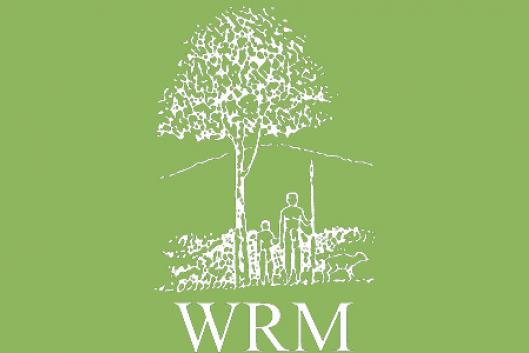Zambia has almost 46 million hectares of forests, of which 7.4 million hectares are reserves, 6.3 million hectares national parks and 32 million hectares are woodlands. It has an estimated area of tree plantations of some 63,000 hectares. It is within that context that the following recent news needs to be analysed.
The news is that the Zambian government is exploring the possibility of getting US$30 million to revamp the timber industry which, according to Public relations officer in the ministry of Commerce, Trade and Industry Conrad Simuchile, has been abandoned for a long time.
The money would be given out in form of loans to the business sector involved in the timber industry in order to support the introduction and establishment of plantations and processing plants.
The alleged aim is to involve entrepreneurs in the business of processing finished products instead of exporting raw timber --which later cames back to Zambia as finished products-- thus creating employment for Zambians in the industrial sector.
To stop exporting raw logs and add value to the timber through the manufacturing of finished goods sounds very reasonable, particularly in a country where rural people have suffered the effects of the removal of agricultural subsidies in the 1990's, thus pushing them to carry out other activities such as clearing woodlands to supply charcoal to the urban market in order to make a living.
However, there remain a lot of question marks. For example, how is it that the timber industry has declined even when it is a profitable business in a country plentiful of forest resources? The Minister of Tourism and Natural Resources Levison Mumba has himself acknowledged that the industry did not contribute to the country's gross domestic product because of lack of transparency by the stakeholders involved (see WRM Bulletin 60). So, who will decide who will receive the money and what controls are going to be put in place to ensure that it results in job generation and sustainable forest management?
As for the promotion of tree plantations, there are also a number of questions to be raised. Plantations are not bad in themselves. It all depends on what species will be planted, where, on what scale, how (including the prior informed consent of local peoples) and who will benefit from that and downstream industrial activities.
It would seem however, that it doesn't make much sense for a country endowed with rich forest resources to promote timber plantations instead of focusing on the wise use of forests. The available information doesn't say what the government means by "plantations." However, what is relatively clear is they would be aimed at providing the timber industry with raw material ("to help entrepreneurs introduce and set up plantations and processing plants in a bid to revamp the timber industry"). If that is the case, then it is very plausible that plantations will be focused on fast growing alien species similar to the ones being promoted throughout the tropics and subtropics: eucalyptus, pines, acacias, gmelina. In that case, all the available experience shows that it would be a big mistake.
Of course that it would make much sense to plant native species in areas of degraded forest, if and where local communities support the idea and if they were to benefit from forest restoration. Support and funding for this would be certainly very much welcomed. However, the money that the government is seeking would be given out in the form of loans to the business sector involved in the timber industry. The same sector accused of "lack of transparency" by the minister.
In sum, it is yet too early to conclude whether this recent news is good or bad, although everything seems to point out at the latter. We hope to be proven wrong.
Article based on information from: "State Scouts for US$30m Local Timber Sector", The Times of Zambia (Ndola), March 19, 2003, http://allafrica.com/stories/200303190962.html
